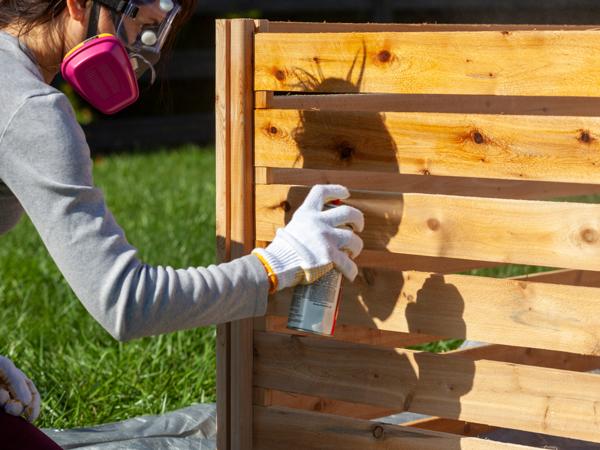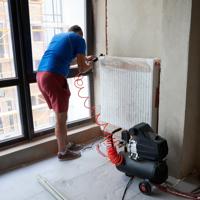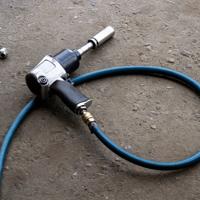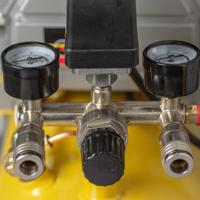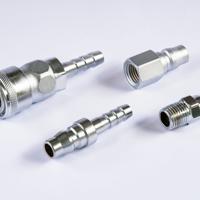Working with air tools can be both rewarding and efficient, but it requires mindfulness and respect for safety protocols. Whether you’re a seasoned professional or a DIY enthusiast, understanding the proper safety measures is crucial to prevent accidents and ensure a smooth operation. This guide aims to provide you with clear and actionable steps to enjoy your pneumatic power tools safely.
Understanding the Risks
Before diving into safety tips, it’s essential to have a grasp of the inherent risks involved with air tools. These tools operate at high speeds and pressures, which can lead to potential hazards if not handled correctly. Improper use can result in personal injury or equipment damage. By acknowledging these risks, we cultivate a proactive approach to safety.
Personal Protective Equipment (PPE)
Wearing the right protective gear is your first line of defense against potential accidents.
- Eye Protection: Safety glasses or goggles are mandatory as they protect your eyes from flying debris.
- Hearing Protection: Tools such as air compressors can be quite loud, and using earplugs or earmuffs can protect your hearing. Using air tools safely also includes protecting your hearing.
- Gloves: While handling air tools, gloves can provide a better grip and protection against sharp edges.
- Footwear: Closed-toed shoes with non-slip soles guard your feet against potential impacts or slippage.
It’s important to ensure that all protective equipment fits well and is designed for the specific type of work you will be doing.
Equipment Inspection and Maintenance
Regular inspection and maintenance of your air tools can greatly reduce the risk of accidents. For specific maintenance tips, see our Maintenance Tips.
- Check for Wear and Tear: Inspect hoses, connectors, and any moving parts for signs of wear. Look for cracks or deformities.
- Air Pressure Levels: Keep the air pressure within the manufacturer’s recommended limits. Excessive pressure can damage the tool and be dangerous.
- Lubrication: Regularly lubricate moving parts to ensure smooth operation and prevent unnecessary friction.
- Storage: Store tools in a clean, dry place to avoid corrosion and other weather-related damage.
For detailed guidance on inspecting and maintaining equipment, resources like the Occupational Safety and Health Administration (OSHA) provide comprehensive standards and advice.
Safe Operating Practices
Following best practices during operation can minimize risk and promote a safe working environment.
- Read the Manual: Always refer to the tool’s manual for specific guidelines and instructions for safe use.
- Stable Environment: Work in a stable and predictable workspace. Clear the area of any distractions and debris that could interfere with your task.
- Proper Handling: Ground the tool securely before use and never point it towards yourself or others.
- Controlled Work Area: Be aware of your surroundings and ensure that the work area is well-lit and clutter-free.
- Emergency Preparedness: Know how to quickly disconnect the tool from the air supply in case of emergencies.
Practicing Mindfulness
Mindfulness in the workplace means staying aware and attentive when using air tools. Avoid using tools when you’re tired or under the influence of substances that could impair your judgment and reaction time. Take regular breaks to prevent fatigue, which can lead to mistakes.
By adopting a mindful approach to your work, backed by diligent protective measures and proper equipment handling, you create a safer environment for yourself and others around you. Remember, safety isn’t just a habit—it’s a commitment.
